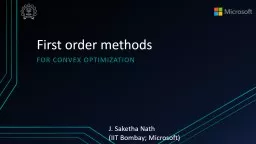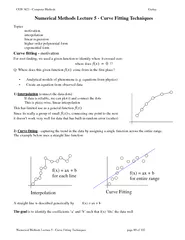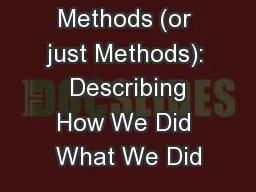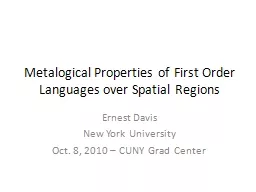PPT-First order methods
Author : min-jolicoeur | Published Date : 2019-12-31
First order methods For convex optimization J Saketha Nath IIT Bombay Microsoft Topics Part I Optimal methods for unconstrained convex programs Smooth objective
Presentation Embed Code
Download Presentation
Download Presentation The PPT/PDF document "First order methods" is the property of its rightful owner. Permission is granted to download and print the materials on this website for personal, non-commercial use only, and to display it on your personal computer provided you do not modify the materials and that you retain all copyright notices contained in the materials. By downloading content from our website, you accept the terms of this agreement.
First order methods: Transcript
Download Rules Of Document
"First order methods"The content belongs to its owner. You may download and print it for personal use, without modification, and keep all copyright notices. By downloading, you agree to these terms.
Related Documents














